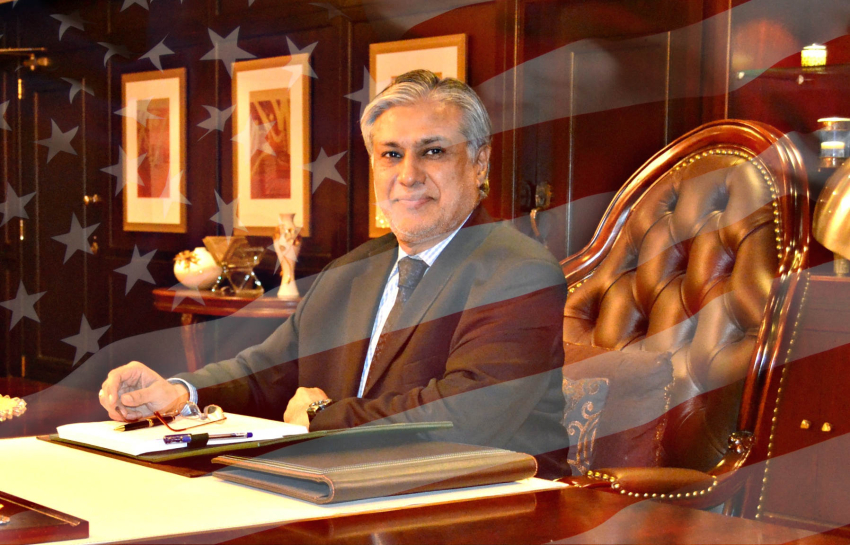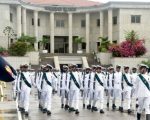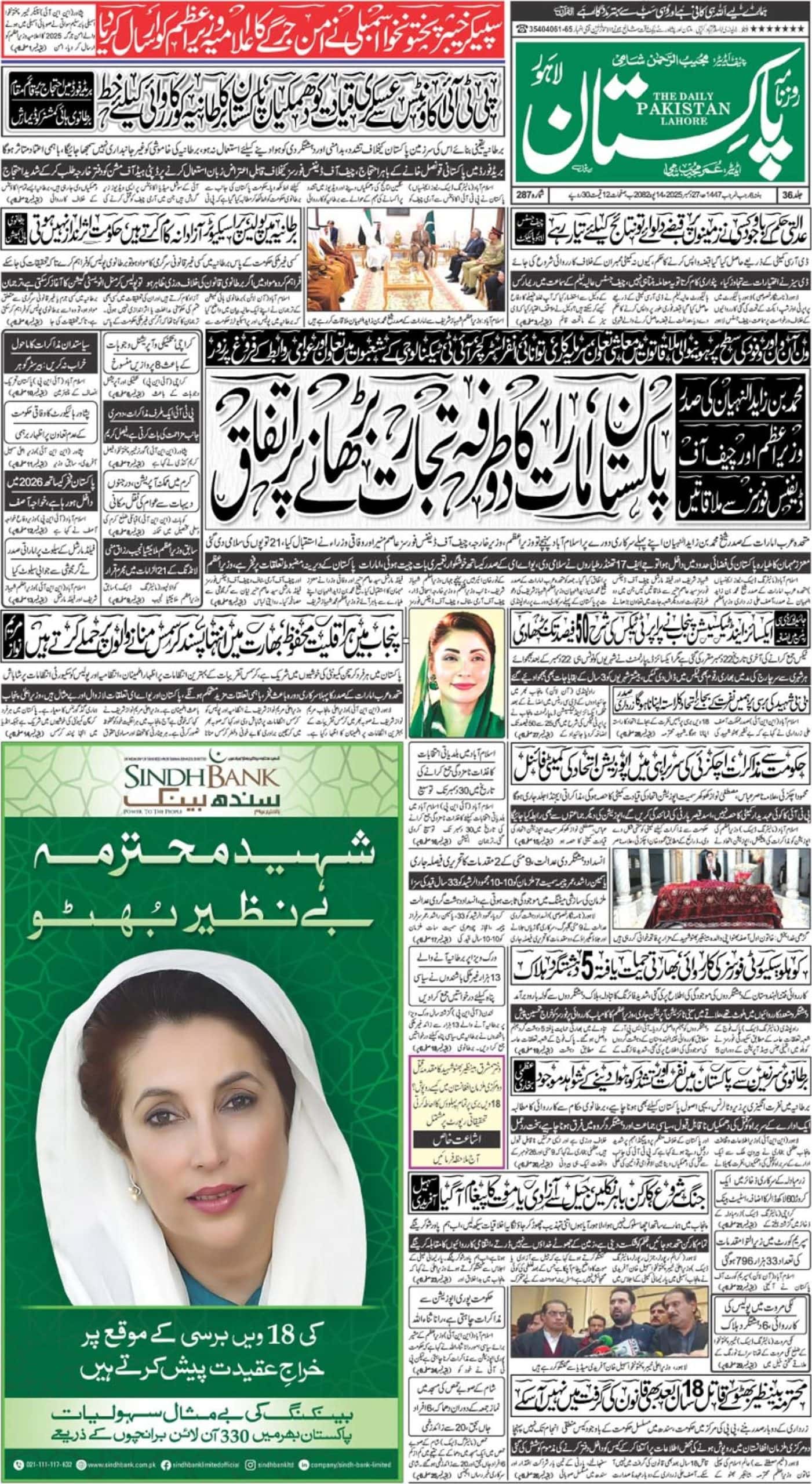Finance minister Ishaq Dar’s recent visit to the United States has largely been noted as a foreign policy endeavor. However such intertwined are the issues related to economy and diplomacy and such central is the position of Mr. Dar in Mian Nawaz Sharif’s government that the visit undoubtedly served the twin purpose: building a rapport with the new US administration under Trump, and nurturing the linkages both with American as well as multilateral economic and financial institutions at this critical time.
Critical time, yes, as these are days of budget formulation what would be the fifth and presumably the last annual federal budget to be announced by the PML-N government in Islamabad. The last budgetary exercise and announcement understandably has to be a popular one, and that require large amounts of money. And money is what is in the short supply, for Mr. Dar and his team.
State Bank of Pakistan (SBP) tells us that Current Account Deficit (CAD) is skyrocketing, doubling in the first half of 2016-2017 as compared to the first half of 2015-16. The central bank projects that it may be as high as 5% of GDP, as against a target of 3.8%, by the time the fiscal year come to a close on June 30, 2017.
The US, despite its troublesome relations with Pakistan during Obama’s second tenure, remains an important player vis-à-vis Pakistan economy. Not only is America still absorbing some 1/7th to 1/8th of Pakistan’s total exports, but Pakistanis in the US also send close to $3 billion in remittances. This translates in to some $6 billion coming to Pakistan from the US under these two heads alone. Then there is this Coalition Support Fund (CSF) – a reimbursement, by no means aid, controversial in a number of ways but having a positive impact on Pakistan’s balance of payments, when these dollars actually pour in. If at all, though, considering the flows of yesteryears. It may be pointed out here that in the months preceding Dar’s visit to the US, two tranches of $350 million and $200 million were received by Pakistan, in February and March this year, respectively. No funds were given to Pakistan under this head in calendar year 2016. So, a big ‘thank you’ for these precious dollars on part of an economic manager was certainly due.
A point of even stronger relevance is the influence that the US still wields over the Bretton Woods – the International Monetary Fund (IMF) and the World Bank, no matter how overshadowed these might have been under the glitter of China-led new kids on the block – for making lending available to countries such as Pakistan. One of the primary objectives of Dar’s visit was to participate in the Spring Meetings of these international financial institutions (IFIs). Finance minister also held a separate meeting with the head of the World Bank, besides the delegation-level talks. Needless to say that these interactions must have served the purpose of paving the way for more lending – developmental from the World Bank and BoP support from IMF. Would not be wrong to assume that more borrowed money is on the cards although officially, as of now, the government of PM Nawaz has repeatedly boasted the ‘good bye IMF’ moment. It never was, beyond a time-specific reprieve, in our humble understanding. The Fund and the bank are here to stay, as far as Pakistan economy is concerned.
The US authorities in the past few months have tightened control over the flow of remittances from the American soil, including those towards Pakistan. One wonders if that was on Dar’s agenda at all. Nonetheless, the finance minister quite expectedly showcased his government’s economic achievements and highlighted the environment for CPEC-inspired investment. One can hope that while the US remains cautious overall towards China-led development and connectivity initiatives, these very Corridors such as CPEC would have a competitively attractive effect on investors from around the globe, including from the US. The magnet these will be, despite the political and potentially strategic drags.
Introducing the upcoming Pakistan Development Fund and Pakistan Infrastructure Fund in the US was a right move on part of Mr. Dar not only because of potential interest from the American investors and businesspersons but also considering that the US is home to hundreds of thousands of well-off Pakistanis who would like to invest back home in more ways than one. Confidence, is the key.
As mentioned above, part of the visit was the typical ‘foreign policy’ thing. Meetings with the Acting Secretary of State and the National Security Advisor – though warranting a separate discussion – have their own relevance with the things financial, and economic relations between the two countries. No one can forget that the state of economy that Pakistan finds itself in today is attributed significantly by the so-called ‘War on Terror (WoT)’, and no one is more aware of this factors than the Americans themselves. It is yet another dynamic that they continue to label CSF as ‘aid’, which is much less than what can be an appropriate reimbursement for an ally like Pakistan considering the $120 billion, rather more, that the country has lost to WoT-induced losses, since 2001. But these are hard-to-change realities.
As a whole, the visit translates into a positive omen for Pakistan economy though the real extent of its impact remains to be seen.














